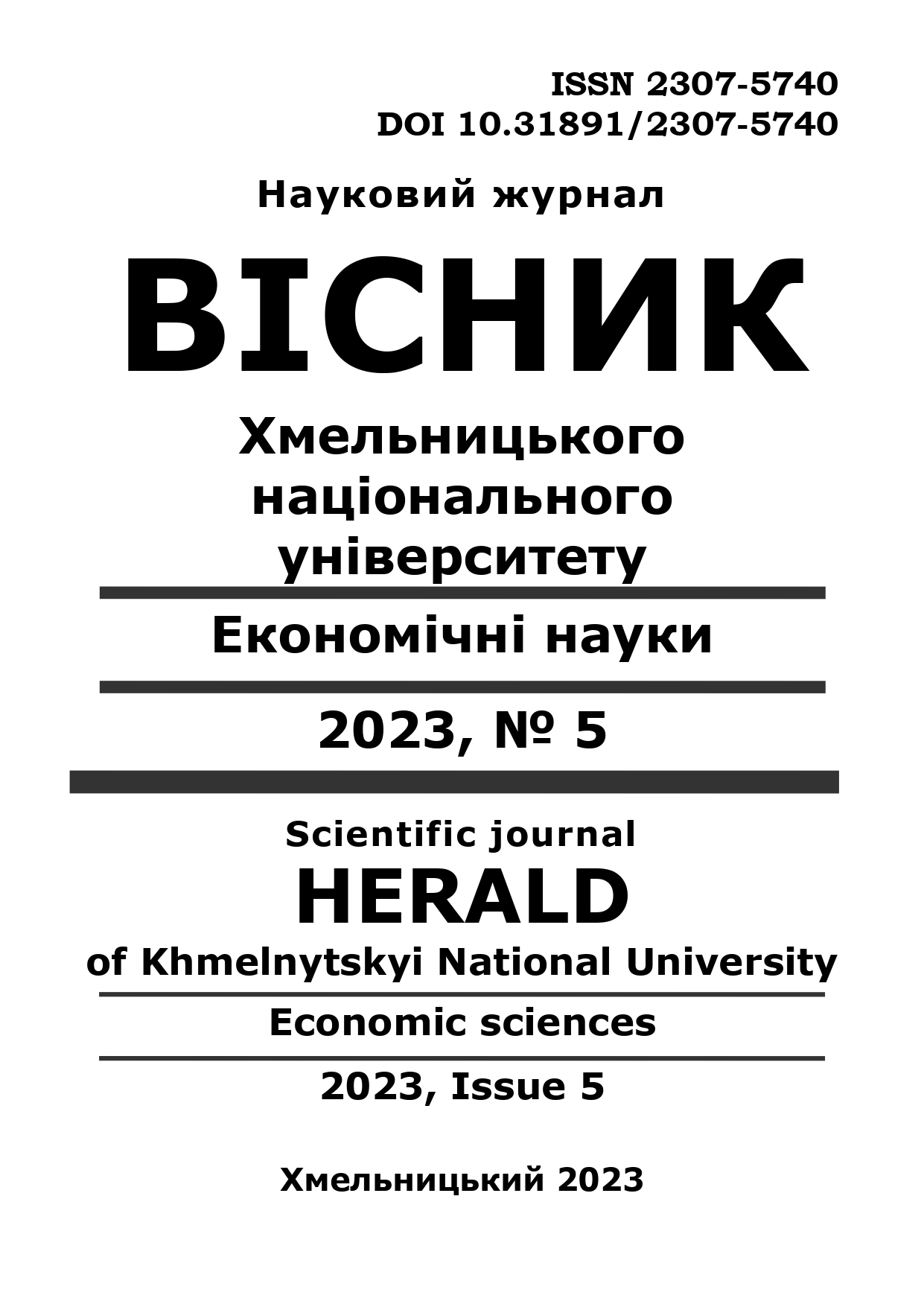THEORETICAL BASICS OF THE BANK'S CREDIT RISK MANAGEMENT
DOI:
https://doi.org/10.31891/2307-5740-2023-322-5-68Keywords:
credit risk, bank lending, credit risk management, credit risk assessment methodsAbstract
The purpose of the research is to generalize the existing theoretical and applied aspects, theoretical and methodological principles of neutralization of credit risks of banks in conditions of instability of the development of the financial market of Ukraine.
Theoretical aspects of the essence of “credit risk" of the bank are analyzed and summarized in the article. The specifics of credit risk of banking institutions are determined. The author's definition of credit risk is formulated, which makes it possible to take into account its essential features as much as possible and indicates the value expression of the realization of credit risk and emphasizes that the violation of the condition of return of loan funds can be caused by the action of both external and internal factors. The main stages of credit risk management of a banking institution are considered in the research. They are: strategy preparation, planning, identification, evaluation, selection of methods, control and adjustment. The features of assessment methods and methods of credit risk management are characterized in the article.
The risk management of the bank's credit portfolio can be reduced to the following - it is a set of methods and techniques, the application of which allows you to identify, evaluate, influence and control credit risk in order to maintain the balance of the credit portfolio and minimize possible losses from its implementation in practice. The purpose of this management is the formation of a credit portfolio with parameters that will ensure the highest profitability with the lowest risks.


